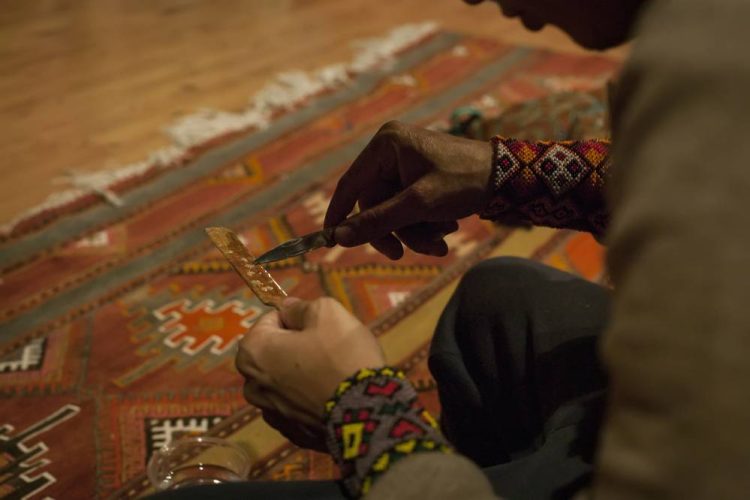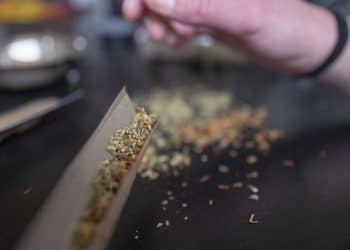Ethnobotany is the study of the history of plants, including the culture around them and their traditional uses. Cannabis ethnobotany is therefore the study of the history of cannabis, including itsmedical uses and socio-economic value.
Cannabis has a rich history that dates back thousands of years. The Lambert Initiative for Cannabinoid Therapeutics offers a general representation of cannabis history going from the first hints of the therapeutic potential of cannabis mentioned in emperor Sheng Nung’s pharmacopeia in 2800 BC, till the legalization of cannabis in California in 1996.
A study conducted published in 2020 highlighted the vital role of ethnobotany in conservation and sustainable development. [1]
Ethnobotany plays a key role in conserving biodiversity through the documentation and maintenance of the traditional knowledge of different plants. It covers the different ways and techniques that have been employed by communities to conserve plant resources.
Plants have been used as medicines for many years. Indigenous and traditional healers have studied and exploited the therapeutic potential of plants to treat diseases affecting their communities. Plants have also been used to boost immunity and hence prevent diseases. Modern scientists and researchers can tap into these ancient knowledge reserves to enhance their understanding of the therapeutic potential of plants.
One ethnobotanical research by Liu et al. [2] showed that the use of herbal teas has been declining, leading to a loss of the related knowledge on its therapeutic potential. The researchers hope to reignite an interest in the ethnobotnical study of herbal teas so as to preserve the healing value and the priceless culture around its uses and rituals.
Ethnobotany also covers the traditional lifestyle associated with different plants as well as the economic value ascribed to them. The study of interrelation within human and plants is essential for human survival and to maintain a track of plants uses and varieties. The declaration of Kauai captures this well:
“Ethnobotany can strengthen our links to the natural world. It makes it possible for us to learn from the past and from the diverse approaches to plants represented by the different human cultures that exist today. Ethnobotany is at once a vital key to preserving the diversity of plants as well as to understanding and interpreting the knowledge by which we are, and will be, enabled to deal with them effectively and sustainably throughout the world. Thus ethnobotany is the science of survival”. [3]
References
[1] Pei, S. et al. Vital roles for ethnobotany in conservation and sustainable development. Plant diversity; (2020); 42(6), 399–400. [Journal Impact Factor: 2.528] [Times Cited: 2]
[2] Liu Y. et al. Plant diversity on herbal tea and its traditional knowledge in Qingtian County, Zhejiang Province, China. Plant Divers. (2020); 42:464–472. [Journal Impact Factor: 2.528] [Times Cited: 3]
[3] Prance G.T. Ethnobotany, the science of survival: a declaration from Kaua’i. Econ. Bot. (2007); 61:1–2. [Journal Impact Factor: 1.731] [Times Cited: 62]
Image: https://www.bigstockphoto.com/it/image-288846589/stock-photo-scamanica-ceremony-with-the-use-of-kamb%C3%B2












